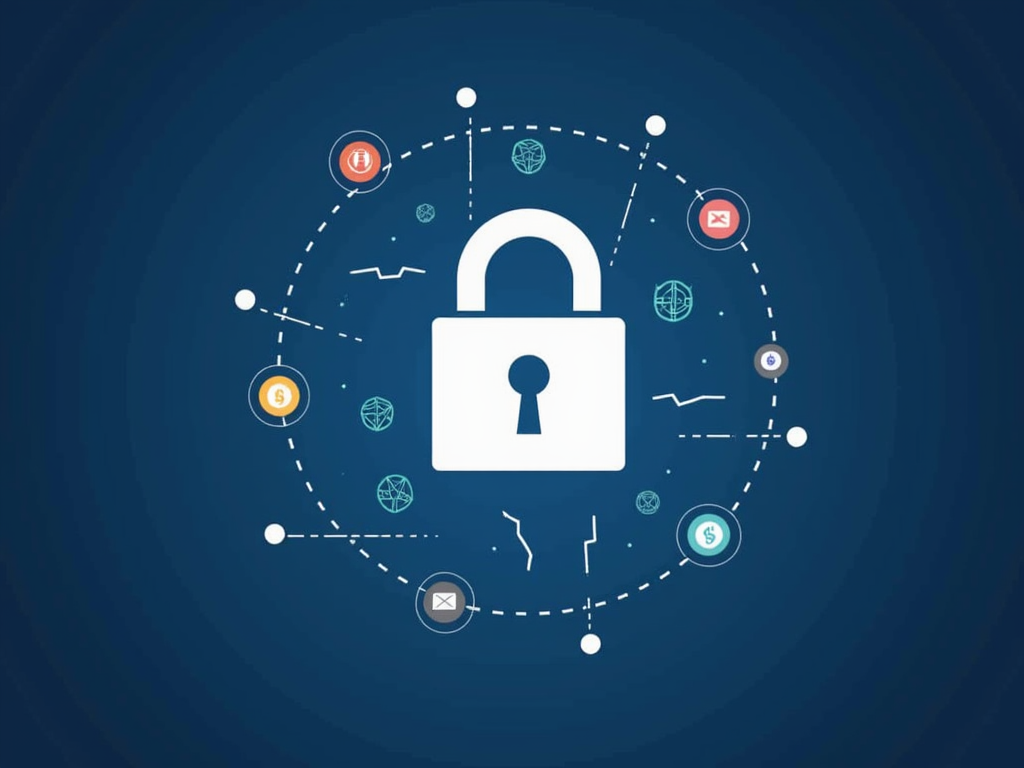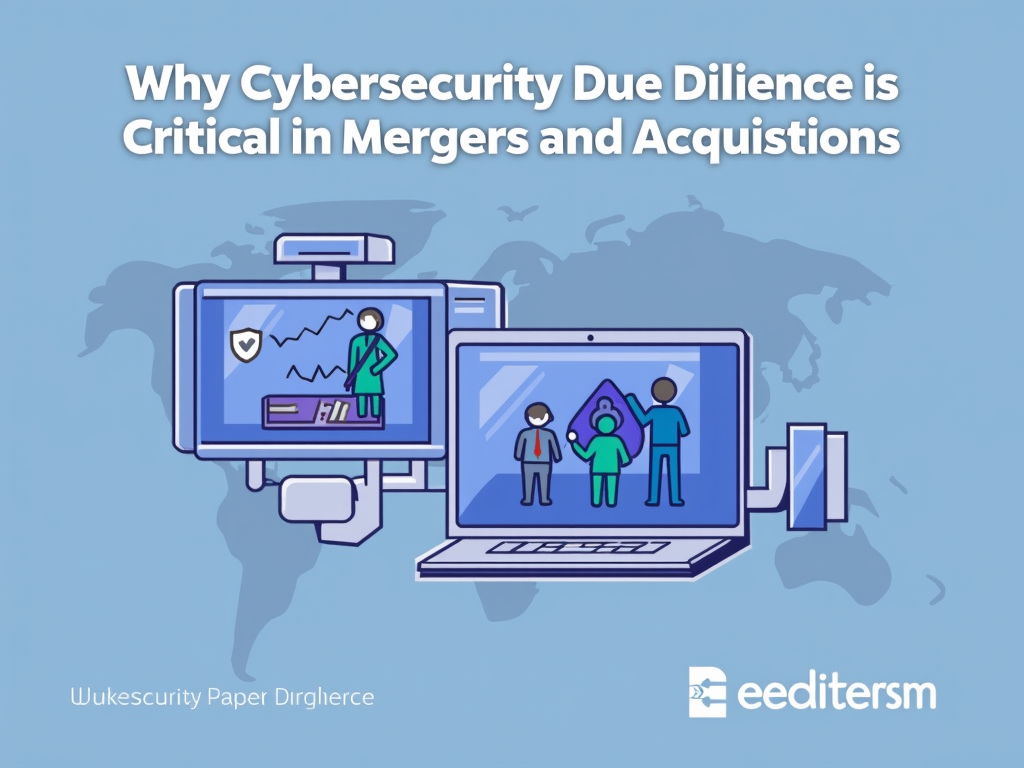Cybersecurity Strategies for the Financial Sector: Protecting Sensitive Data and Transactions
The financial sector is a prime target for cybercriminals, as it handles sensitive data and transactions that can have devastating consequences if compromised. As such, it’s essential to implement robust cybersecurity strategies to protect against these threats. In this article, we’ll explore the key measures financial institutions can take to safeguard their systems, data, and customers.
Understanding the Risks
Before diving into cybersecurity strategies, it’s crucial to understand the risks facing the financial sector. Some of the most significant threats include:
- Data breaches: The theft or unauthorized access to sensitive customer information, such as social security numbers, credit card details, and bank account numbers.
- Payment card fraud: Unauthorized transactions using stolen payment card information.
- DDoS attacks: Distributed denial-of-service (DDoS) attacks that overwhelm online services and disrupt business operations.
- Insider threats: Malicious activities conducted by authorized personnel with access to financial systems.
Implementing Cybersecurity Strategies
To mitigate these risks, the financial sector can implement the following cybersecurity strategies:
1. Secure Network Architecture
- Implement a robust network architecture that includes:
- Segmentation: Isolate sensitive data and applications from the rest of the network.
- Encryption: Encrypt all data transmitted over the network, including emails and files.
- Firewalls: Configure firewalls to block unauthorized access and limit incoming traffic.
2. Identity and Access Management
- Implement a strong identity and access management system that includes:
- Multi-factor authentication (MFA): Require multiple forms of verification before granting access.
- Role-based access control (RBAC): Limit access based on job function or role.
- Privileged access management: Monitor and control privileged accounts.
3. Data Protection
- Implement robust data protection measures, including:
- Encryption: Encrypt sensitive data both in transit and at rest.
- Data loss prevention (DLP): Detect and prevent unauthorized data exfiltration.
- Backup and disaster recovery: Ensure regular backups and have a plan for rapid recovery.
4. Incident Response Planning
- Develop an incident response plan that includes:
- Threat detection: Monitor networks and systems for potential threats.
- Incident classification: Categorize incidents based on severity and impact.
- Response procedures: Establish procedures for responding to different types of incidents.
- Post-incident activities: Conduct thorough investigations, take corrective action, and learn from the incident.
5. Employee Education and Awareness
- Educate employees on cybersecurity best practices, including:
- Safe browsing habits
- Avoiding phishing scams
- Using strong passwords and MFA
- Reporting suspicious activity
6. Third-Party Risk Management
- Implement a third-party risk management program that includes:
- Vetting vendors: Conduct thorough background checks on vendors.
- Contractual language: Include cybersecurity requirements in contracts.
- Monitoring and auditing: Regularly monitor and audit vendor activities.
Conclusion
Cybersecurity is a critical concern for the financial sector, as it handles sensitive data and transactions. By implementing robust cybersecurity strategies, including secure network architecture, identity and access management, data protection, incident response planning, employee education, and third-party risk management, financial institutions can significantly reduce the risk of cyberattacks and protect their customers’ interests.
Remember, cybersecurity is an ongoing process that requires constant vigilance and adaptation to emerging threats. By prioritizing cybersecurity and implementing effective strategies, the financial sector can ensure the continued trust and confidence of its customers.



